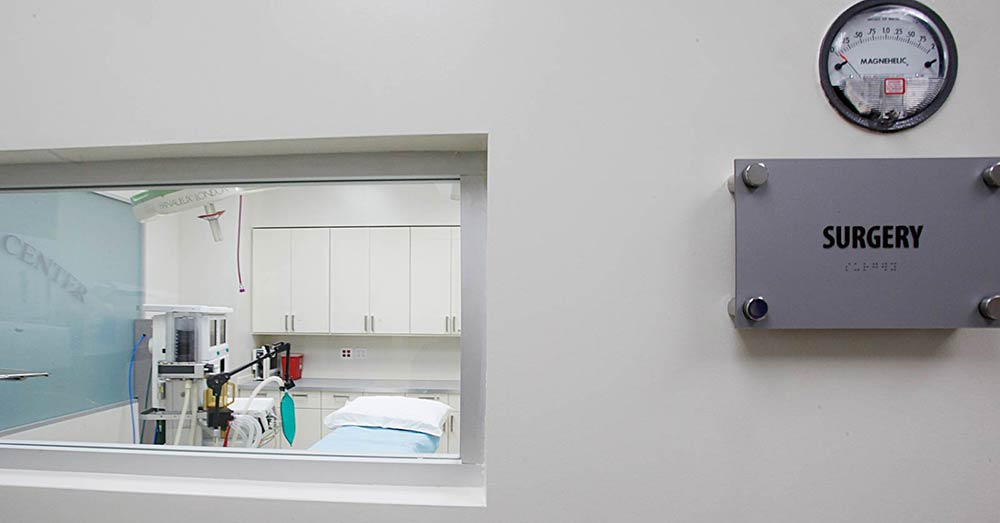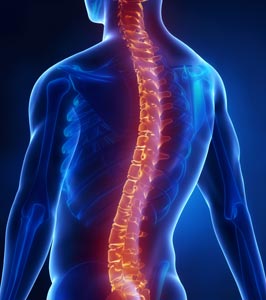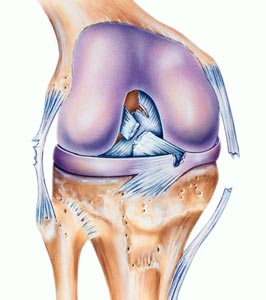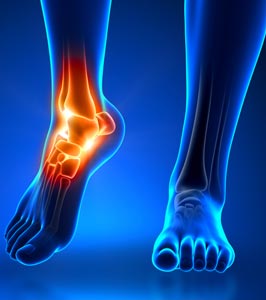Contact us today for a consultation with one of our physicians.


A Spinal Surgeon or a Spine Surgeon specializes in the prevention, diagnosis, treatment and rehabilitation of problems affecting the spinal cord. The American Board of Neurology and the American Board of Orthopedic Surgery provide certification to treat patients with pain or any other pathological process that may affect the body’s function of the central nervous system (CNS). Board certification requires 7 years including 3 months of neurology and 42 months of core clinical neurosurgery.
The spine is a series of bones that run along the back, enclosing the spinal cord, and providing support to the thorax. The spine is vulnerable to injury, causing many people today to have back pain. There are many disorders and conditions that can affect the spine. Pain can be caused by compressed nerves in the spine; caused either by disc problems (herniated or ruptured disc) or Osteoarthritis (overgrowth of bone).
The first choices of medications for back pain are over the counter Non steroidal anti inflammatory medications (NSAIDs) like ibuprofen (Morin) or naproxen (Aleve). Even though these medications are over the counter, they can still cause side effects over a long period of time. If you have been taking over the counter pain medication for over 3 months, a specialist should be consulted to make sure the right medication is being taken.
Spinal surgery is a procedure done as a last treatment option for patients experiencing long term neck or back pain, for example; removing a herniated disc that can be causing pain, vertebral fractures, and spinal stenosis among other surgeries. The purpose of these procedures is to relieve pain. Usually surgery is not required for most cases of neck or back pain. The Spinal Specialist will suggest a serious of non surgical treatments (physical therapy, hot/cold therapy and pain medications) to relieve the pain. If these treatments do not relive the pain, spinal surgery is then recommended. Spinal surgery can range from the least invasive, which allows for a fast recovery, to a more extensive procedure requiring a longer period of recovery. Some examples of these procedures are Lumbar laminectomy (one or more laminae are removed allowing decompression of the spinal cord and nerve roots), fusion (removing a vertebral disc and replacing it with a titanium cage, adding support to the vertebral column) and a discectomy (a vertebral disc is removed). Treatments involve both non operative (preventions, diagnosis, treatment and rehabilitation), and operative treatments (e.g.: endovascular surgery, and spinal fusion). Benefits that come from having less pain are increase activity, improves mood, less pain medication, ability to work, and increased productivity. Spinal surgery is typically done on patients who have not felt any relief after months of non-surgical treatment.

An orthopedic surgeon is a surgeon that has been educated and trained in diagnosing, preoperative, and postoperative treatment of diseases and injuries involving the musculoskeletal system. An orthopedic Surgeon is educated in the functions of the extremities and the spine. A physician needs to be board certified by The American Board of Orthopedic Surgery and complete training to be provided with certification to treat a number of different conditions that affect the bodies bones, joints, muscles, ligaments, tendons and nerves; for example (arthritis, dislocations, fractures, and tendon damage). They are specializing in the care of patients and in diagnosing and treating bones and other skeletal related problems.The human adult body consists of 206 bones making it possible to have pain in the wrist, spine, hips, knees, and feet. Orthopedics deals with any correction, broken bones and hip replacement, injuries, disease, or deformities of bones, muscle, joints, ligaments, tendons, and nerves.
Usually the Orthopedic Specialist will suggest non surgical treatments (physical therapy and pain medications) to relieve any pain. Physical therapy is done as a way to improve mobility and to improve the function of the part of the body that is affected. Medications are used to treat chronic and acute orthopedic injuries. Over the counter medications like ibuprofen (Motrin) and naproxen (Aleve) can be taken to relieve stiffness, inflammation and swelling. For chronic and severe pain, Opiods are given such as oxycodone and hydrocodone to manage the pain. These medications should be taken with caution as they can become addicting and should be monitored.
When physical therapy has not helped with the pain and medication has been taken for a long period of time, surgery is the last result to provide relief to the affected limb. Some examples of surgeries are arthroscopic surgery, shoulder arthroscopy, arthroscopic rotator cuff repair. Orthopedic doctors examine, diagnose and treat any diseases and skeletal problems with surgery and artificial devices. Artificial joints, bones and metal technology allow orthopedic doctors to mimic the natural function of the bones, ligaments and joints, allowing patients with musculoskeletal problems be active again. At Soma Surgery Center we provide the best care possible, starting from the initial consultation, education and recovery. Our advanced equipment allows for a faster, and fewer incision procedures and a faster recovery time.

Podiatry is a branch of medicine that specializes in foot and the lower extremity. A doctor of Podiatric Medicine (DPM), also known as podiatric surgeon, is a specialist that strives to improve the health of their patients by diagnosing and treating foot disorders, diseases, injuries of the foot, ankle disorders such as; Achilles tendon injuries, flatfoot, heal pain, sprains and any other related structures of the leg. The foot is a very complex structure which is made of 26 bones, 33 joints, 100 muscles, tendons and ligaments. The foot needs to be able to withstand few times the weight of the body and this repetitive trauma sometimes leads to arthritis, deformity or damage to the bone, tendon and ligaments. Other times, disorders of the feet could be associated with shoes that don’t fit properly and congenital improper alignment. Treatments for these conditions respond well by physical therapy and injection therapy. Once these conservative options have been exhausted surgery might be a viable option.
Foot surgery could involve realigning a joint such as a Bunionectomy. Or it could include removing a bony prominence such as exostectomy. If a joint is damaged beyond repair as in severe cases of arthritis or in accidents, fusion or arthrodesis is an ideal choice. Fusion of a joint in these patients will reduce the pain dramatically and will allow the individual to return to most or all their activity. In cases when ligaments are missing or damaged due to congenital issue or trauma, it is a viable option to repair the ligament. The repair could involve the patient’s own ligaments or tendons and in extreme cases ligament or tendon from another patient. At instances when trauma leads to a tear in tendon, the tendon could be repaired and the damaged portion could be resected. Occasionally there is never pain in the foot. If this condition is localized to the foot, there could be surgical treatments. This treatment could involve removing part of the nerve, freeing the nerve from any attachments or moving the nerve to another area.

Pain management physicians are anesthesiologists, neurologists or physiatrists with a special fellowship in pain management. American Board of Anesthesiology and American Board of Physical Medicine and Rehabilitation provide a certification in pain management following a fellowship training. A pain management specialist has the knowledge and training in treating acute and chronic pain. When pain doesn't go away after an injury or illness, it can become a problem in its own right. Pain is said to be chronic if it occurs every day, for most of the day, for three months or longer.
Pain starts out as what is called acute pain, as a direct result of something that causes it. Sometimes the pain persists because the injury persists. But when it doesn't go away, it becomes a case of chronic pain.
Therapy for pain will be tailored to specific needs, circumstances, and preferences of physician as well as the patient. Depending on the cause of your pain, treatments may include one or more of the following. In many cases, patients are prescribed treatment before receiving other forms of therapy.
The first treatment for pain is most often NSAIDS. NSAIDS or otherwise known as Non-Steroidal Anti-Inflammatory Drugs are medications like Naprosyn which reduce swelling and pain.
Usually the next line of defense is corticosteroids, these are stronger classes of medications which reduce pain and swelling. Opioid pain medications are medicines like Morphine which are prescribed to lessen the pain. These medicines could be addictive Local anesthetics, sometimes combined with a corticosteroids, maybe injected around nerve roots or into muscles and joints to relieve irritation, swelling, pain and muscle spasm. If a group of nerves, called ganglion or plexus, causes pain to a specific organ or body region, injection with local anesthetics with or without steroids maybe useful to block to pain. Epidural Steroid Injections (ESI) is a very common option for back and leg pain. Epidural steroid injections (ESI) deliver medication directly to the source of the pain. These injections consist of a local anesthetic (numbing medication) and steroid medication that is injected in the epidural space of the spine where nerve roots that travel along this area can become inflamed causing pain. This can come about from disc in the spine that is damaged or irritated. The Epidural steroid injections are done is a series of three, 4 weeks apart. If the swelling and pain improves, no further injections are needed. The goals of these steroid injections are to help reduce local inflammation and to relieve pain. Should these injections not reduce pain, the patient might be sent for a surgical consult.
If you live in the Beverly Hills or Los Angeles area and would like more information about what we specialize in at Soma Orthopedics, please contact us at 855-SOMA-844 (855-766-2844).